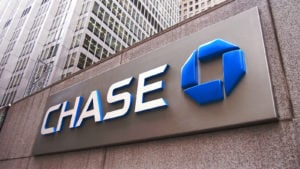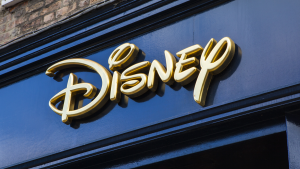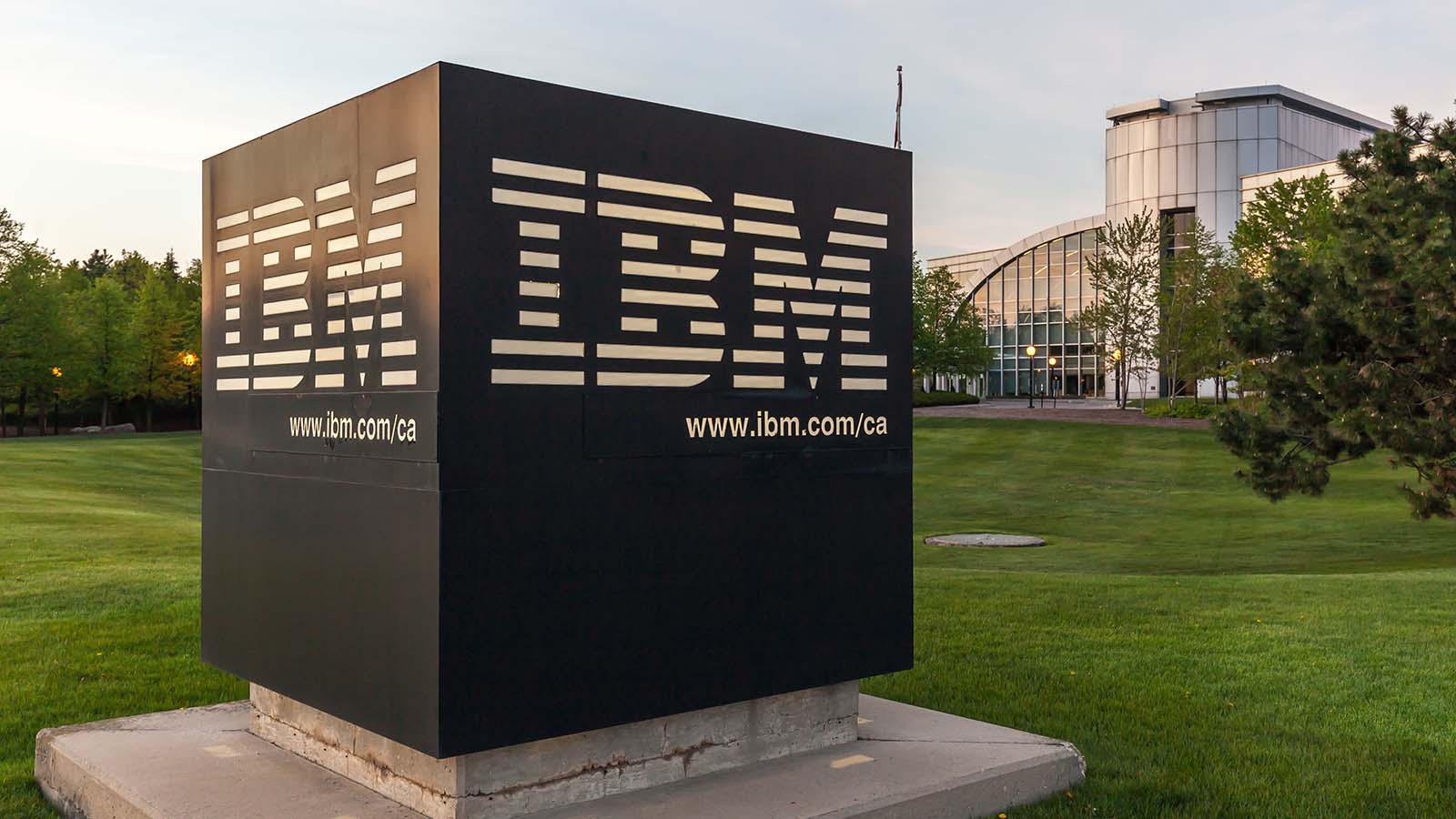Earlier in February, The New York Times reported on changes IBM (NYSE:IBM) has made to its pension plans that will likely save it millions in payments to its employees.
This was the first time I’d read anything about the move. However, new stories about the subject started popping up as early as Nov. 7. Russell Investments published How IBM reopened its DB plan to replace 401(k) contributions on its company website:
“Starting in 2024, IBM will replace its 401(k) plan matching contributions with a new benefit earned within its overfunded DB plan, which has been frozen since 2008. This move essentially un-freezes the tech giant’s DB plan,” Russell Investments’ Justin Owens wrote in November.
While Owens suggests that the new benefit will likely be of similar value, others believe IBM did this to avoid millions in payments to its employees.
Here’s what NYT Strategies columnist Jeff Sommer had to say about the move:
“Crucially, IBM’s maneuver is likely to be wonderful for its shareholders. The company is saving hundreds of millions of dollars a year by stopping contributions to employee 401(k) accounts,” Sommer wrote on Feb. 9.
Without getting too far into the weeds, Sommer points out that companies with fully funded pensions, or those with closed or frozen ones, will likely consider pulling the same move.
These three Dow Jones Industrial Average companies could take a page from IBM’s playbook.
Johnson & Johnson (JNJ)

Pg. 72 0f Johnson & Johnson’s (NYSE:JNJ) 2023 annual report shows that the company’s defined benefit (DB) retirement plans had $33.61 billion in assets as of Dec. 31, 2023, up from $31.50 billion a year earlier, for a funded surplus of $1.86 billion, down from $2.11 billion at the end of 2022.
In 2023, the company contributed $268 million to the plans, while plan participants contributed $73 million.
As for J&J’s defined contribution (DC) plans, it has the Johnson & Johnson Savings Plan for eligible salaried and certain salaried employees. Employees receive a matching contribution from the company for 75% of an employee’s contributions, up to 6%.
So, for example, if the employee contributes $10,000 in 2024, and their annual salary is $100,000, the company would contribute 75% of $6,000 (6% of $100,000), or $4,500, working out to a 45% match of the entire $10,000 contribution.
As of Dec. 31, 2022, the company paid out $268.2 million in contributions to the savings plan. If it were to cease making contributions to the DC plan, shifting the payment to the employee from the DB plan surplus, it would have seven years with no or low annual payments.
JPMorgan Chase (JPM)

Pg. 222 0f JPMorgan Chase’s (NYSE:JPM) 2023 annual report shows that the company’s defined benefit (DB) retirement plans had $22.01 billion in assets as of Dec. 31, 2023, up from $19.89 billion a year earlier, for a funded surplus of $7.27 billion, up from $6.35 billion at the end of 2022.
The bank’s principal DB plan in the U.S. covers most of its U.S. employees.
“The principal defined benefit pension plan in the U.S., which covered substantially all U.S. employees, was closed to new participants and frozen for existing participants on January 1, 2020, (and January 1, 2019 for new hires on or after December 2, 2017). Interest credits continue to accrue to participants’ accounts based on their accumulated balances,” states pg. 222 of its 2023 annual report.
As for the bank’s DC plans, it has the JPMorgan Chase 401(k) Savings Plan for eligible salaried and certain salaried employees. Employees receive a matching contribution from the company for 100% up to 5% of their eligible compensation.
Using the previous example, if the employee contributes $10,000 in 2024, and their annual salary is $100,000, the company would contribute 100% of $5,000 (5% of $100,000), or $4,500, working out to a 50% match of the entire $10,000 contribution.
As of Dec. 31, 2023, the company paid out $973.94 million in contributions to the savings plan in 2023. If it were to cease making contributions to the DC plan, shifting the payment to the employee from the DB plan surplus, it would have more than seven years with no or low annual payments.
Walt Disney (DIS)

Pg. 111 0f Walt Disney’s (NYSE:DIS) 2023 annual report shows that the company’s defined benefit (DB) retirement plans had $15.44 billion in assets as of Sept. 30, 2023, up from $14.72 billion a year earlier, for a funded surplus of $752 million, up from a deficit of $307 million at the end of 2022. Taking postretirement medical plans into consideration lowers the surplus to $572 million.
The entertainment company’s DB plan covers employees hired before Jan. 1, 2012. Employees hired after 2011 were given a DC plan to work with.
As for Disney’s DC plans, it has the Disney Savings and Investment Plan for eligible salaried and certain salaried employees. Employees receive a matching contribution from the company for the lesser of 2% of compensation or 50% of employee contributions.
Using the previous example, if the employee contributes $10,000 in 2024, and their annual salary is $100,000, the company would contribute $2,000 [2% of $100,000, less than 50% of $10,000, or $5,000]. That works out to a 20% match of the $10,000 contribution. That’s not very good by Dow 30 standards.
As of Dec. 31, 2022, the company paid out $91.98 million in contributions to the savings plan in 2022. If it were to cease making contributions to the DC plan, shifting the payment to the employee from the DB plan surplus, it would have more than eight years with no or low annual payments.
On the date of publication, Will Ashworth did not have (either directly or indirectly) any positions in the securities mentioned in this article. The opinions expressed in this article are those of the writer, subject to the InvestorPlace.com Publishing Guidelines.
